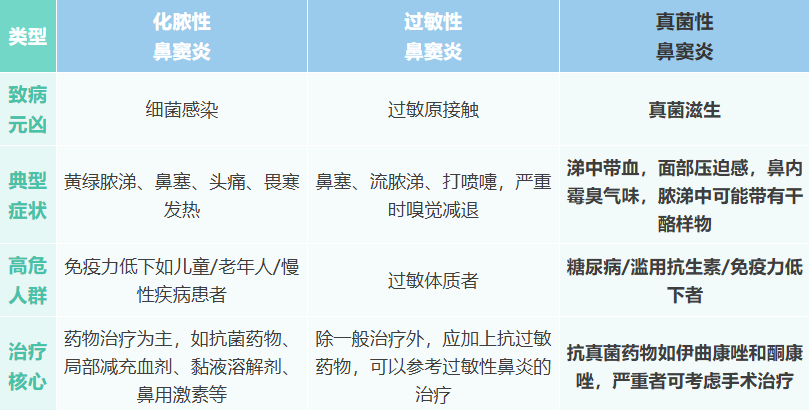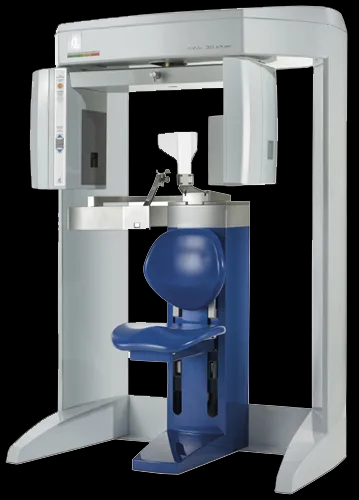Do you often detect a faint musty odor when blowing your nose—reminiscent of rotting fruit or a damp basement? You might even notice suspicious blood streaks or debris in your nasal discharge...
This may not be psychological but a sign of fungi colonizing your sinuses!
01
Sinuses: The Body’s "Hidden Chambers"
Sinuses are air-filled cavities in the skull around the nasal cavity, divided into four interconnected "chambers": maxillary, ethmoid, frontal, and sphenoid sinuses. They reduce skull weight, humidify inhaled air, aid vocal resonance, and support immune defense.
However, issues arise here: Each "chamber" connects to the nasal cavity via narrow channels. If blocked by inflammation, allergies, or structural abnormalities, these ventilated "rooms" become sealed "basements"—stagnant air, accumulated secretions, and ideal humidity/temperature for microbial growth. Chronic inflammation triggers sinusitis.
02
Why Are Your Sinuses "Growing Mold"?
While sinusitis commonly causes congestion or purulent discharge, why does yours smell musty? The answer lies in subtypes of chronic sinusitis:
purulent,
allergic, and
fungal sinusitis.

For detailed distinctions →→ "Pus, Allergies, Mold... Why Are Sinus Inflammations Categorized?"
Persistent musty odors likely indicate
fungal sinusitis!
03
Fungal Sinusitis: A Silent Invasion
Bacterial infections resemble an "acute fire" easily extinguished by medication. Fungal infections, however, act like "chronic mold infestation."
Fungal (mycotic) sinusitis often stems from altered sinus environments. Blocked sinuses accumulate secretions, deplete oxygen, and disrupt pH balance—creating ideal fungal habitats. High-risk groups (e.g., long-term steroid users, diabetics) with weakened mucosal defenses are especially vulnerable.
Fungi decompose proteins and necrotic tissue in hypoxic sinuses, releasing sulfides/ammonia and emitting foul odors. Untreated, they form stubborn
fungal balls—granulomatous, caseous, or necrotic masses in dark brown/gray clusters. These masses erode bone, risk intracranial/orbital infections, and even blindness.
Most alarmingly, they can lurk silently for
months to years until a CT scan reveals the truth...
04
CT Imaging: A Key Diagnostic Tool
CT scans outperform X-rays or endoscopy in sinusitis diagnosis by providing comprehensive, precise insights into lesion extent, nature, and complications.
Comprehensive Anatomy Visualization
CT details sinus structures, including obstruction sites, inflammation range, polyps, or fungal masses. Endoscopy only reveals nasal cavity conditions.
Surgical Precision Guidance
CT maps lesion proximity to critical structures (e.g., optic nerve, skull base), enabling safer surgical planning.
Specific Diagnostic Value
For suspected fungal sinusitis, CT detects hallmark signs: fungal balls, calcifications, or heterogeneous densities—irreplaceable by other methods.
 TreeENT CBCT
TreeENT CBCT
TreeENTs specialized CBCT offers multi-angle 3D sinus imaging for precise lesion localization:
Low Radiation ≈ 1-hour flight exposure (Data: Kava Group, ID: GG180044);
3D High Resolution avoids missing subtle lesions;
Rapid Testing—25-second scan, results in 15 minutes;
Flexible Imaging adjustable layers/slices;
Open Design reduces patient anxiety.
A musty nose isn’t imagination—it’s fungi declaring occupation.
With precise CT navigation, antifungals, and minimally invasive surgery, reclaim your right to breathe freely. Let fresh air flow through every sinus!

